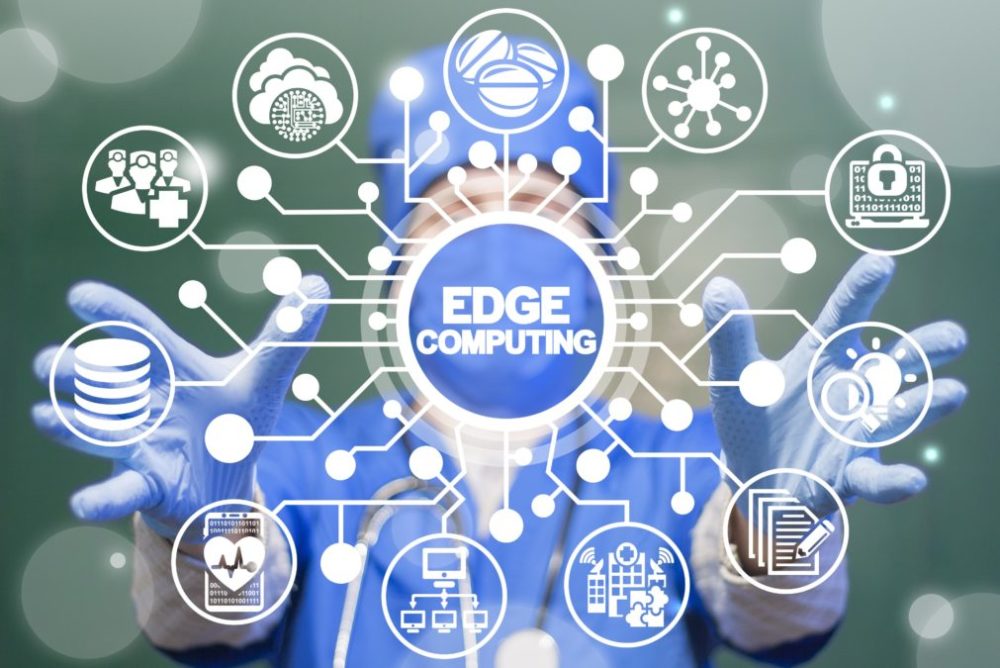The healthcare industry is a sector that relies on fast-paced service like no other. Small amounts of latency on a healthcare application like Telemedicine can stop patients from accessing vital services. Ensuring responsive healthcare has proved to be a pervasive challenge across the globe.
Many countries are struggling with the task of providing healthcare to large populations. Currently, over 13.9 million patients in the UK are registered to look for appointments with over 1 million appointments being booked every month. Given the scale of patients looking for healthcare, it is no surprise that the current infrastructure is struggling to cope.
An introduction to edge and fog computing: A primer in 2018
Rather than emphasising hiring more GPs or allocating more funding, some promise is being shown from leveraging edge computing. Edge computing is being used to increase the performance and responsiveness of healthcare applications. Processing data at the edge of the network rather than the centre keeps data processing close the source and eliminates unnecessary latency.
Edge computing allows healthcare providers to deploy IoT devices to gather and analyse data from patients locally. Patients can even wear devices to diagnose certain conditions. One study notes that “IoT assisted fog health monitoring system can be used to identify possibly infected users from CHB in an early phase of their illness so that the outbreak of CHV can be controlled”.
Conducting data processing close to the patient is particularly important for rural patients. It is estimated that across the Atlantic almost 30 million Americans don’t live within an hour of trauma care. No less significant is the fact that the rate of accidental deaths was 50% higher in rural areas between 1995 and 2015.
The CTO’s guide to edge computing
Information Age’s comprehensive guide to edge computing for CTOs and business leaders
Without edge computing, the healthcare industry is in no position to support these areas. For example, lacking an internet connection prevents medical providers from being able to access centralised databases of patient data. Not being able to access this information can be the difference between life and death.
As healthcare resources become more stretched providers are looking for the most effective ways to maximise healthcare coverage. Wearable devices diagnosing or monitoring conditions will reduce the number of GP appointments required. Given that appointments are often in short supply being able to monitor patient health remotely is invaluable.
Edge computing: The movement redefining cloud technology

Written by Tim Keary, Freelance Tech Writer







